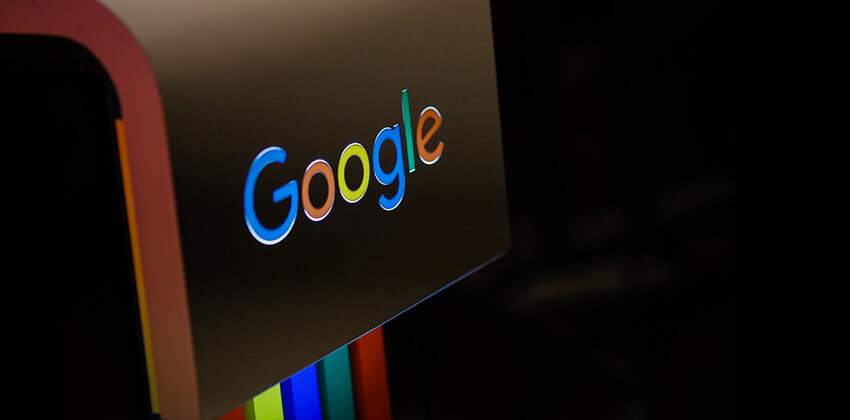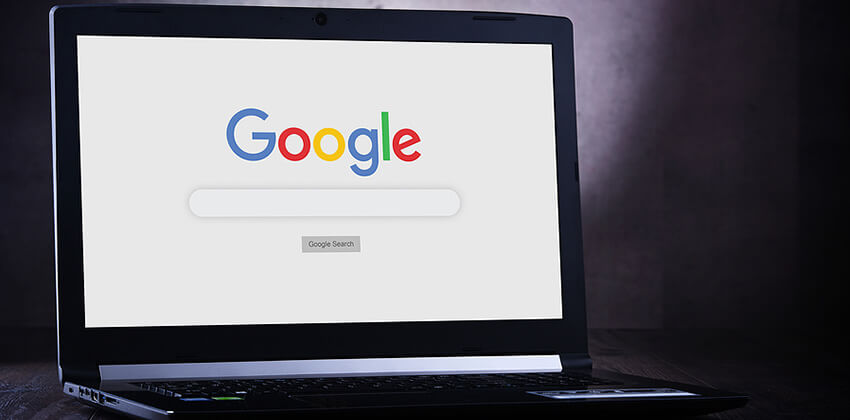
An email message can make or break your job search with a specific organization or person. Email, done well, can make your job search easier as these sample emails show:
- Sample: Request for a reference before a job interview.
- Sample: Thank you email after a job interview.
Doing email well is required and assumed, today. Doing email poorly is often the kiss of death for an opportunity or a professional relationship.
Deadly Email Mistakes
Even if you have been doing email for years in your job and your personal life, don’t assume that sending email for your job search is as simple. MANY job candidates are eliminated based on the email messages they send.
1. Don’t “blast” out the same message to many recipients at the same time.
It will look like a “form letter” type of message and be discarded. If you send the same message, at the same time, to multiple addressees at the same domain name, the email filtering software may assume that your message is either junk mail or a scam and discard it. Geting off the corporate email “blacklist” is challenging, unless you change your email address, and send a quality message from the new address.
Personal messages, customized and sent to one addressee at a time, are the most effective, particularly since they will often be shared and forwarded inside a group. If everyone has the same message, even sent separately, you will look lazy and unprofessional.
2. Don’t send long messages.
Attention spans are short, and getting shorter (Twitter, Snapchat, Instagram, etc.), and messages may be viewed on a small smartphone screen.
Recent research has shown that as many as 65% of users read email for the first time on their smart phones…
AND THEY SPEND AN AVERAGE OF 15 SECONDS on a message!
On small screens, big paragraphs look like a “wall of words” that someone in a hurry (average 15 seconds!) will ignore or postpone until “later” (and “later” may never happen).
That means sending short message is the smartest thing to do. Then, when a recruiter or hiring manager opens your message (congratulations!), you won’t scare them off with 1,000 words in 10 paragraphs that are 8 or 10 lines each!
Unless you are responding to someone’s question and detail is necessary, limit your message to 4 to 6 short paragraphs.
If you can’t make your point in a few short paragraphs, find another way to communicate (telephone?).
Open with a human touch, ask for what you need or want (“call to action”), and end the message with your marketing and contact information.
3. Don’t be careless. PROOFREAD VERY CAREFULLY!
Particularly when you are communicating with a potential employer, but also with other members of your professional network, your email is — correctly — viewed as a “sample of your work.”
Make that work sample show what an excellent professional you are.
When you do that, you are also demonstrating what a great employee you would be.
Avoid the usual mistakes, bad grammar and misspellings. But also avoid the unconscious mistakes made when you aren’t fully focused on the “real message” about your qualifications for the job you are trying to deliver.
Before you hit that “Send” button, read the message a final time, and count the “I” statements. If you find more than 2 references to “I” (as in you), edit the message to focus more on the recipient’s needs.
4. Don’t slip into informality.
Just because an email message is not printed out on letterhead, put into an envelope, and mailed using traditional methods doesn’t mean it’s any less important or formal.
Treat email with the same kind of care you would treat traditional business correspondence – don’t send your first draft, use good spelling and grammar, etc. Skip texting and emoji, especially potentially offensive terms (“WTF” for example).
5. Time your messages smartly.
Don’t send an urgent message in the evening, on a Friday afternoon, or over the weekend unless you know the person will be working — and reading email — then. For most people who work in offices, Monday mornings are catch-up times, and Friday afternoons are spent getting ready for the next week.
So, for most professionals, Monday afternoon through Thursday afternoon or Friday morning are ususally the safest times to send messages.
Bottom Line
While email seems simple, it’s really not. Avoid the bad assumptions above, and you should do well.
More About Using Email for Job Search
- Smart Email Etiquette
- How to End an Email (Closing Lines and Sign-Offs)
- 4 Killer Tactics to Get Your Email and Resume Read
- Smart Email: How to Use Email Like a C-Suite Executive
- Making Email Work for Your Job Search
- Keeping Your Resume Out of the Spam Filters
 About the author…
About the author…
Online job search expert Susan P. Joyce has been observing the online job search world and teaching online job search skills since 1995. A veteran of the United States Marine Corps and a recent Visiting Scholar at the MIT Sloan School of Management, Susan is a two-time layoff “graduate” who has worked in human resources at Harvard University and in a compensation consulting firm. Since 1998, Susan has been editor and publisher of Job-Hunt.org. Follow Susan on Twitter at @jobhuntorg and on Facebook, LinkedIn.
More about this author…
Don't forget to share this article with friends!




